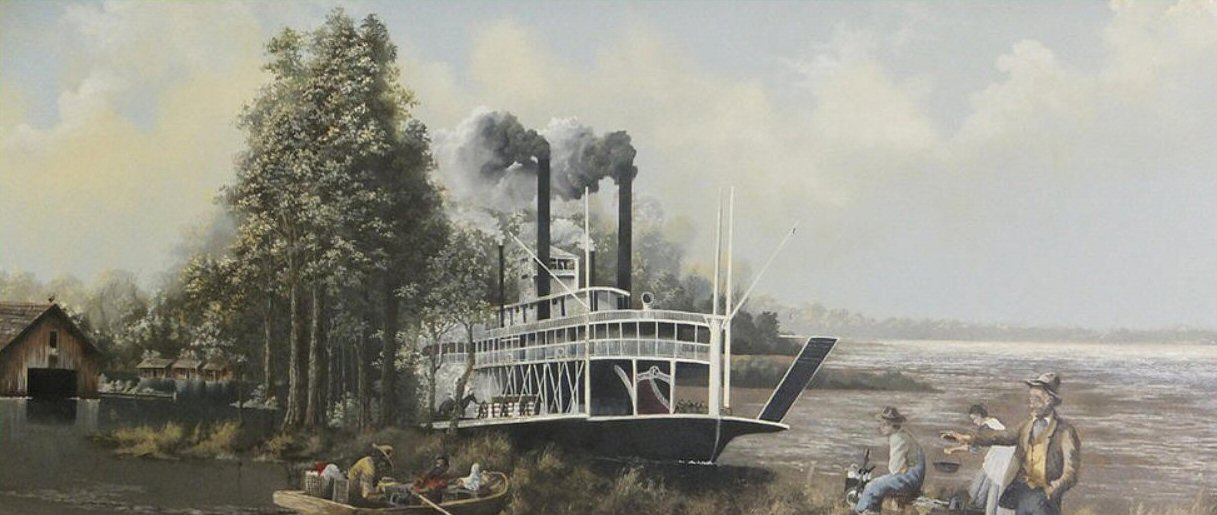
COMPROMISE ON BONDS
LEVEE HISTORY
COMPROMISE ON BONDS
The levee commissioners promptly rejected the proposal for a unified levee district, and it appeared the Yazoo-Mississippi Delta Levee Board might be doomed even before it could begin its operations. R.T. Wilson and Company soon amended its conditions, however. The company's insistence on a unified district was withdrawn once the levee board members agreed to put strong pressure on the Legislature to authorize a tax of $1.50 on each bale of cotton produced in the "front" counties and a tax of $1 on each bale in the "inland" counties.
Having concurred in the compromise, the company agreed to find the money to cash the bonds at par and charge a 2.5 percent commission. It also was agreed on the company's request, that the Mississippi Valley Construction Company would get the contract for all the levee work at a price of 25 cents per cubic yard of earth moved.
In commenting later on the board's first major business transaction, Dabney recalled that the "price demanded was not excessive" and that the construction company "realized seven percent profit on their outlay."
With funds in the bank, the levee board's engineering department launched an intensive building effort. They were faced with 30 major crevasses in the old line, the breaks totaling about 39 miles in length. The levees still in place were severely damaged and because trees had been allowed to grow on the embankments during the long period of neglect, roots and debris had made the soil porous and rendered much of the old levees all but useless.
The situation soon changed dramatically. Between October 10, 1884, and March 1, 1885, contractors and sub-contractors were busy from the northern end of the district levee near Chickasaw Bluffs, south of Memphis, to the lower end near the mouth of Hushpuckena Bayou. Two million cubic yards of dirt were placed on 97 miles of levee—mainly by Irish immigrant laborers using picks and shovels.



